The cultivation method of lotus bamboo and the precautions for domestic cultivation
Lotus bamboo has strong adaptability and can grow well in full light, half light and shade. Like the environment of high temperature, high humidity and plenty of sunshine. Like sandy soil, avoid stagnant water, drought resistance. Let's take a look at the specific culture methods of lotus bamboo.
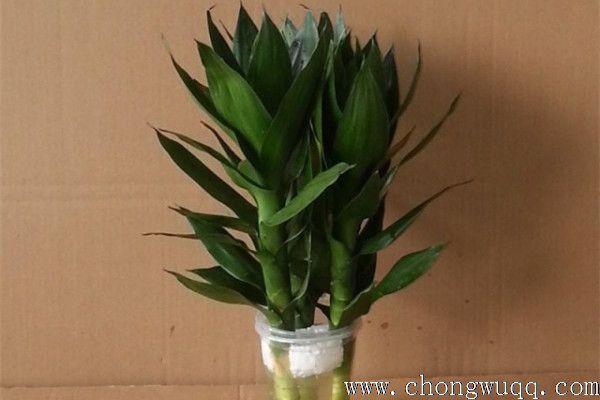
Culture methods of Lotus Bamboo
Soil
It is suitable for growing in sandy soil or semi-muddy sand and alluvial clay with good drainage.
Watering
It is necessary to water more during the peak growth period from May to September, keep the soil moist, rather wet than dry, but do not accumulate water or it is easy to rot the roots. High temperature period should also often use water to spray leaves and the ground, increase air humidity, and appropriately reduce the amount of water in autumn and winter.
Fertilizer application
During the growth of lotus bamboo, liquid fertilizer is applied twice a month, which can make the leaves green and green, and stop applying fertilizer in winter.
Lotus bamboo has strong adaptability and can grow well in full light, half light and shade. Like the environment of high temperature, high humidity and plenty of sunshine. Like sandy soil, avoid stagnant water, drought resistance.
Light and temperature
The suitable growth temperature is 20 ℃ and 28 ℃, which can withstand the low temperature of 2 Mel and 3 Mel, but it should be frost-proof in winter. The hot and humid season in summer and autumn is very beneficial to the growth of lotus bamboo, and it is the best time for its growth. It is not strict with light, so it is suitable to grow under bright scattered light. Excessive light and sun exposure will cause leaves to turn yellow, fade green, grow slowly and so on.
Reproduction method
Cut the truncated stem into 5 cm to 10 cm leafless stem nodes in spring, or the basal tip is easy to dry up. Long-term in the indoor shade part of the branch with stem tip, inserted in the clean coarse river sand, watered thoroughly, covered with plastic bags, keep the matrix moist, placed in a bright indoor place, it can take root in about 25 days. Or insert the cut branches into the water and take root in about half a month after 25 ℃.
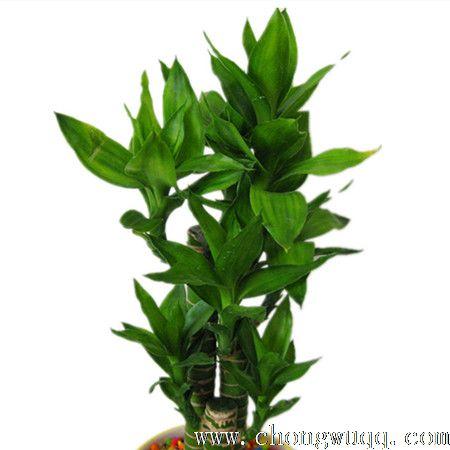
Matters needing attention in domestic cultivation of Lotus Bamboo
Disease prevention and cure
Lotus bamboo is often caused by leaf spot, stem rot and root rot, which can be sprayed with 100 times Bordeaux solution for many times. The common pests of lotus bamboo are thrips and scale insects, which are sprayed with 1000 times omethoate EC.
Leaves yellowing
Lotus bamboo leaves turn yellow because of lack of fertilizer or lack of light or burns. You need to pay attention when you breed it.
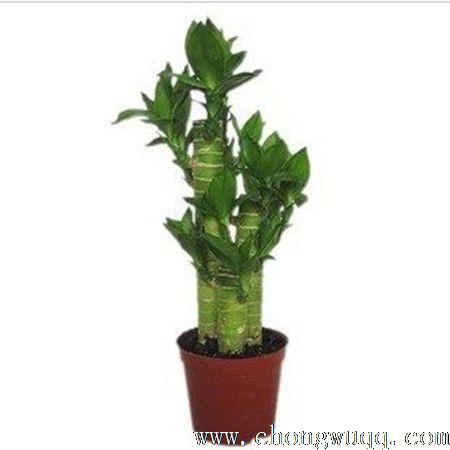
Original link: http://www.chongwuqq.com/zhiwu/zaipei_75.html
- Prev
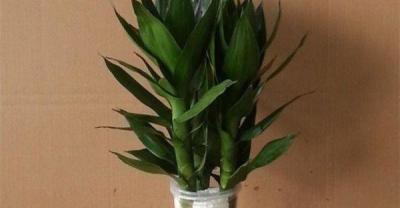
What is the culture method of B Nu Xin?
The water requirement of the second female heart culture is directly related to the growth of the second female heart and the plant height of the second heart.
- Next
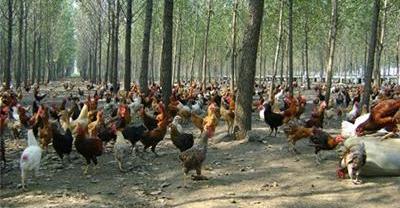
Culture methods and matters needing attention of transferred bamboo
The culture methods and matters needing attention of transferred bamboo are very practical, which can help transfer bamboo lovers to increase some daily maintenance knowledge. The culture method of transferring bamboo.
Related
- On the eggshell is a badge full of pride. British Poultry Egg Market and Consumer observation
- British study: 72% of Britons are willing to buy native eggs raised by insects
- Guidelines for friendly egg production revised the increase of space in chicken sheds can not be forced to change feathers and lay eggs.
- Risk of delay in customs clearance Australia suspends lobster exports to China
- Pig semen-the Vector of virus Transmission (4)
- Pig semen-the Vector of virus Transmission (3)
- Five common causes of difficult control of classical swine fever in clinic and their countermeasures
- Foot-and-mouth disease is the most effective way to prevent it!
- PED is the number one killer of piglets and has to be guarded against in autumn and winter.
- What is "yellow fat pig"? Have you ever heard the pig collector talk about "yellow fat pig"?

